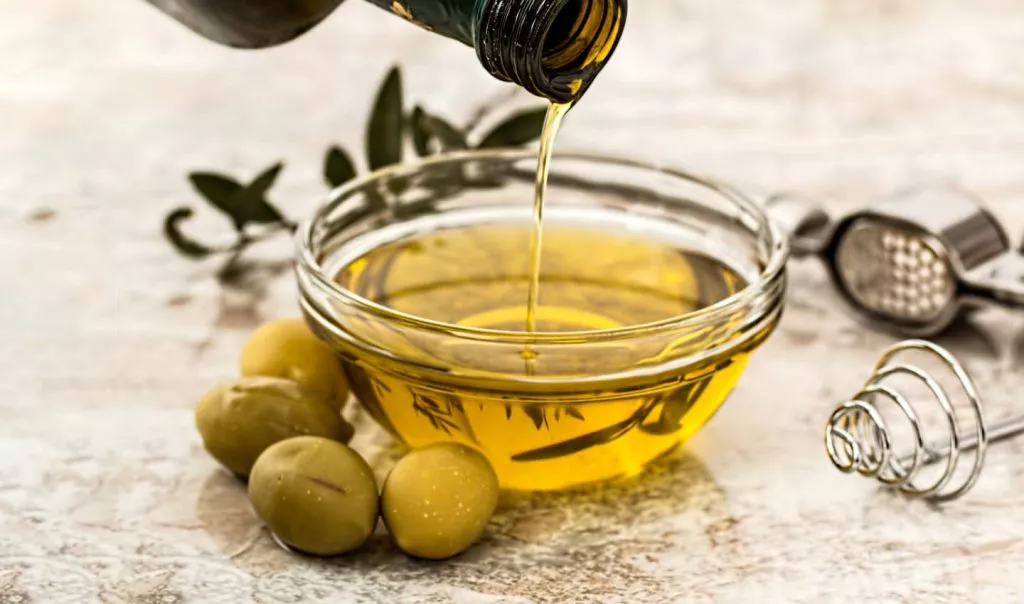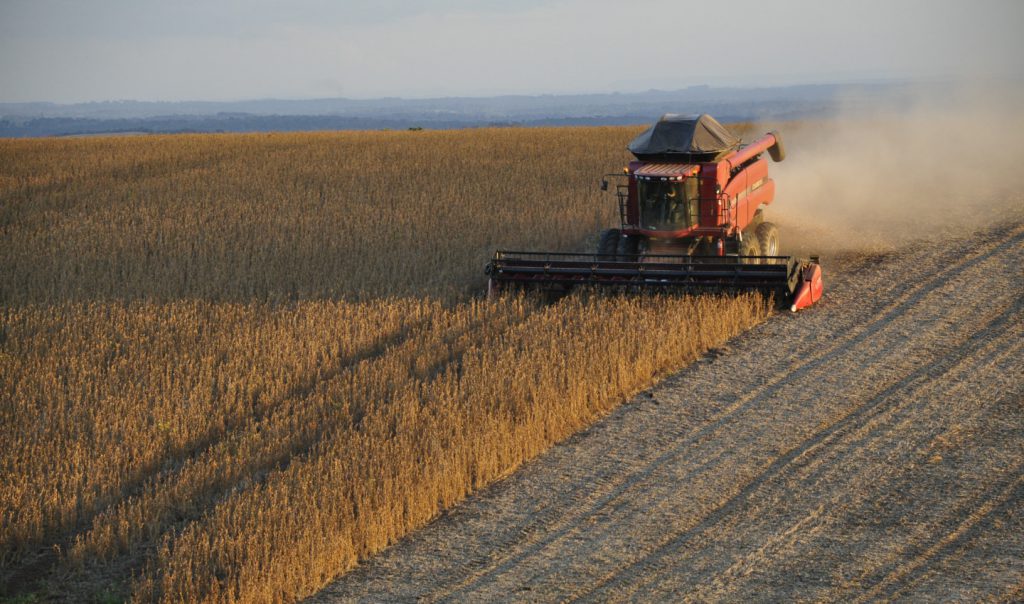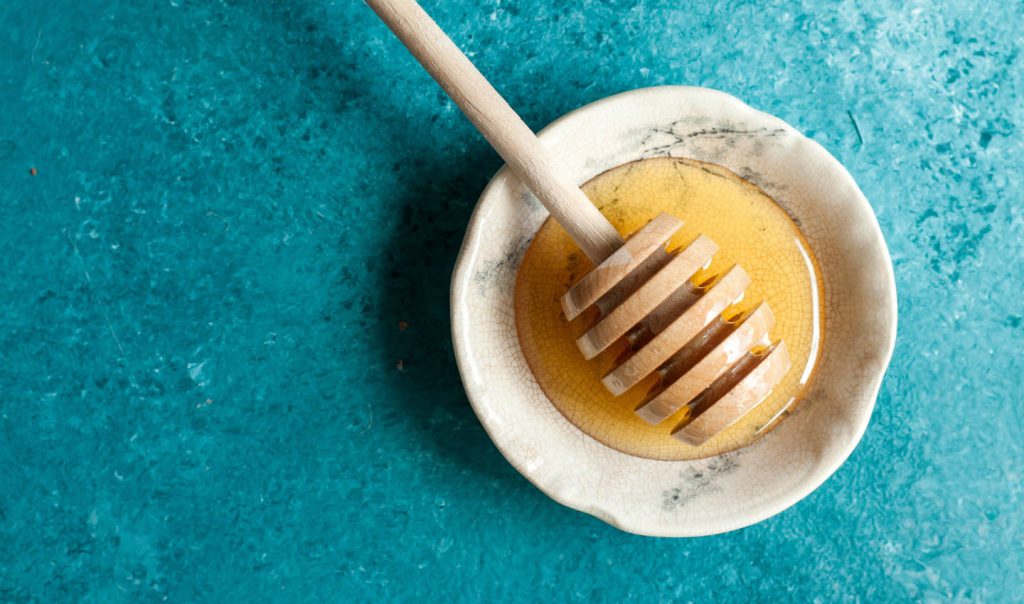
Fighting Food Fraud with Vulnerability Assessment (VACCP)
Sep 20, 2019Food fraud, in general, is the intentional adulteration of food — of raw materials, to be precise — for financial gain. It is all about money, not sabotage. This article takes a close look at what food fraud is, gives real-world examples, and provides basic guidance on how to fight food fraud with food fraud vulnerability assessment.
What Food Fraud Is Not
Being all about economically motivated adulteration, food fraud is not related to work in the area of Hazard Analysis Critical Control Points (HACCP). HACCP is about the prevention of unintentional or accidental food safety adulteration. It is science-based and centers around foodborne illness.
Food fraud is also different and separate to Food Defence, which is about the prevention of intentional ideologically-motivated adulteration such as would happen in a case of sabotage or bioterrorism.
Different Definitions of Food Fraud
Different countries have different food fraud regulations and often they even define the words according to their own unique priorities. If you are exporting, you need to know what the legal requirements are, as well as what the term itself means in different regions of the world. Below are four examples of how countries around the globe define food fraud differently.
- Australia
Gaining a financial advantage or causing a financial disadvantage through deception or dishonesty. - Canada
The deliberate and intentional substitution, addition, tampering or misrepresentation of food, food ingredients or food packaging for economic gain. - UK
The deliberate and intentional substitution, addition, tampering, or misrepresentation of food, food ingredients or food packaging, or false or misleading statements made about a product for economic gain. - USA
The Intentional adulteration from acts intended to cause wide-scale harm to public health, including acts of terrorism targeting the food supply.
Hazard may be intentionally introduced for purposes of economic gain.
While each country has its own set of regulations in place to protect consumers from what their government has defined as food fraud, you also need to be aware of the requirements of the standards your company is audited against — i.e. BRC, SQF, or IFS — plus any additional requirements your customers might have. For example, some retailers specifically require a ranking of identified food fraud hazards.
All GFSI standards have some type of documented Food Fraud Risk Assessment and Control Plan requirements, but even those vary. Some requirements are:
- BRC Food Safety Global Standard
- 3.5.1.1. Documented risk assessment of each raw material that must consider substitution or fraud.
- 5.4.2. Documented assessment of the vulnerability of the raw material supply chain.
- SQF Systems Elements Edition 8 — Manufacturing
- 2.4.4.5. A food fraud vulnerability assessment including the site’s susceptibility to raw material or ingredient substitution, mislabelling, dilution and counterfeiting… impacting food safety.
- 2.7.2.1. A food fraud vulnerability assessment that includes the site’s susceptibility to product substitution, mislabelling, dilution, counterfeiting or stolen goods which affect food safety.
Real-World Examples of Food Fraud
China, Subcontinent (India/Pakistan) and Turkey are the usual suspects when it comes to food fraud. Climate change (causing shortages/price rises), trade wars (artificial shortages/price rises/falls), and political instability (i.e. Syria, Venezuela…) are three major factors contributing to food fraud risks. However, food fraud can be found basically everywhere — also in the EU, the USA, and Australia/New Zealand — as the following examples show.
Olive Oil — Food Fraud in Italy
In 2014, a hostile bacteria — Xylella fastidiosa — was seen in Europe for the first time, destroying centuries-old olive trees and millions of tonnes of Italian olives. Italy reported a 57% drop in production, Greece and Portugal a drop of 35% and 15%, respectively.
In 2018, global production dipped by over 5% due to bad weather and disease. Italy, Greece, Turkey, Palestine, Argentina, Portugal, and Tunisia saw the biggest drops. California had a rough year, too.
When the harvest is poor, retail prices skyrocket. This resulted in bottlers paying up to 40% more for their oil.
Italy’s crackdown on the illegal olive oil trade has resulted in another major seizure of 200 tonnes of oil falsely labeled as coming from the Tuscany region. Nearly 50 individuals and organizations — including millers, bottlers, and traders — have been detained as part of the investigation by the Central Inspectorate for the Protection, Quality and the Repression of Fraud in Agriculture and Food (ICQRF), which is part of Italy’s Ministry of Agriculture and Forestry. The ploy was discovered thanks to DNA testing of the oil, which revealed a complex scam involving a large number of actors in the olive oil supply chain. Producers cut the pure olive oil with cheaper oils like palm, sunflower, or canola to stretch it further.
So, when the harvest is being poor, rates of adulteration rise.
Organic Foods — Food Fraud in the USA
A shipment of 36 million pounds of soybeans sailed in 2016 from Ukraine to Turkey to California. The cargo began as ordinary soybeans, they were fumigated with a pesticide — tablets of aluminium phosphide, a pesticide prohibited under organic regulations. When they arrived in California, the soybeans had been labeled “organic,” according to receipts, invoices, and shipping records which boosted their value by approximately $4 million. And about 21 million lbs of the soybeans have already been distributed.
But where did all this big production come from? Where are these organic farmers?
Here are some facts: between 2014 and 2016, the amount of organic corn arriving into the USA from Turkey rose from 15,000 tons to more than 399,000 tons, and the amount of organic soybeans coming from Turkey rose from 14,000 to 165,000 tons.
Under USDA rules, a company importing an organic product must verify that it has come from a supplier that has a “USDA Organic” certificate. It must keep receipts and invoices, but does not need to trace the product back to the farm.
Some of the soybeans originated from ADM Ukraine, a company that does not produce or trade organic soybeans and did not sell or label them as such.
Honey — Food Fraud in Australia
Australia’s biggest listed honey company and some of the country’s largest supermarket chains face accusations of unwittingly selling “fake” honey. Capilano strongly denied any issues with its products and criticized the type of test — known as Nuclear Magnetic Resonance (NMR) — used to detect the impurities, pointing out that it differed from the official Australian test. Germany’s Quality Services International (QSI) lab was commissioned by a law firm on behalf of horticulturalist Robert Costa to conduct 2 types of tests of the sampled honey (NMR & C4).
This appears at first to be an open and shut case of fraud but in fact, the law firm organizing the lab tests was involved in a hostile takeover bid of the honey company. The honey company has now changed hands. Follow the money and find out who is creating the fraud — it is not always obvious.
How to Fight Food Fraud with Vulnerability Assessment Critical Control Points (VACCP)?
1. List All Raw Materials
- Collect information on every single raw material: list all raw materials, their country of origin, their suppliers (importers/agent/brokers), source manufacturers, pricing trends, and all known testing and sampling activities.
- Particularly make sure you have all current certification information on all brokers/agents you buy off and in turn, all source manufacturers that actually make the raw materials.
- To get the information on certification READ CARTONS and look for GFSI standards’ logos, and go to the companies’ websites to see what standards they may have implemented. Cross-check that information back to the GFSI standards databases or ask the certification body listed.
2. Risk Evaluation: Ranking of Suppliers and Raw Materials
The more accurate information is used within the assessment, the more accurate answer/ranking will be available to the user.
- Evidence of past issues of fraud for that product must be assessed for each raw material.
- Price changes and availability of the raw material must also be collected as this will have a large bearing on future fraud likelihood.
- Some raw materials can be grouped if they are derived from the same plant/animal in the same country of origin (i.e. cinnamon from Sri Lanka) or if they are processed by the same source manufacturer (i.e. same factory), and if they have provided you with all test methods and all current certifications.
- Understand which standards require VACCP assessment as mandatory auditable requirements, i.e. BRC Food, SQF version 8, FSSC 22 000 version 4.1, but not 3rd party HACCP or any ISO standards.
3. Control Measures
- After all raw materials have been ranked between 1 –125, the VACCP team members will have to make a decision on at what score will additional control measures be allocated. This number will indicate the level of significance.
- Implement additional control measures as required based on your documented risk assessments of both suppliers supply chains and raw materials.
4. Record Keeping
- Document procedures and keep records for each assessment and references.
- Horizon scanning for emerging issues (trigger points for action) and review regularly.
- Keep records of the review.


